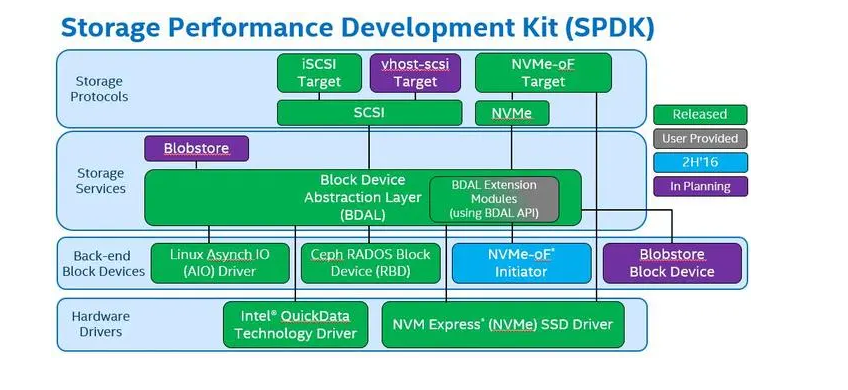使用 aio_read 函数进行异步读取的基本步骤如下:
1. 包含头文件
首先,你需要包含相应的头文件:
#include <aio.h>
#include <fcntl.h>
#include <unistd.h>
#include <stdio.h>
#include <string.h>
#include <errno.h>
2. 初始化 aiocb 结构体
创建并初始化一个 struct aiocb 结构体实例,用于描述异步 I/O 请求:
struct aiocb cb;
memset(&cb, 0, sizeof(struct aiocb)); // 清零结构体
3. 设置 aiocb 的属性
设置目标文件描述符、要读取的数据缓冲区、要读取的字节数等属性:
const char *filename = "example.txt"; // 文件名
int fd = open(filename, O_RDONLY); // 打开文件
if (fd == -1) {
perror("open");
return -1;
}
char buffer[1024]; // 用于存放读取的数据
cb.aio_fildes = fd; // 设置文件描述符
cb.aio_buf = buffer; // 设置缓冲区地址
cb.aio_nbytes = sizeof(buffer); // 设置要读取的字节数
cb.aio_offset = 0; // 从文件开始位置读取
4. 发起异步读请求
调用 aio_read 来发起异步读取操作:
if (aio_read(&cb) == -1) {
perror("aio_read");
close(fd);
return -1;
}
5. 等待读操作完成(可选)
如果需要,可以通过 aio_suspend 或其他方式来等待操作完成。这里是一个简单的方法,使用循环检查状态:
while (aio_error(&cb) == EINPROGRESS) {
// 可以在此做其他事情,或者简单地休眠一小段时间。
}
// 获取结果和错误信息
ssize_t bytes_read = aio_return(&cb);
if (bytes_read >= 0) {
printf("Read %zd bytes: %s\n", bytes_read, buffer);
} else {
perror("aio_return");
}
6. 清理资源
最后,关闭文件描述符以释放资源:
close(fd);
完整示例代码
将上述步骤组合在一起,形成完整示例代码:
#include <aio.h>
#include <fcntl.h>
#include <unistd.h>
#include <stdio.h>
#include <string.h>
#include <errno.h>
int main() {
const char *filename = "example.txt";
int fd = open(filename, O_RDONLY);
if (fd == -1) {
perror("open");
return -1;
}
struct aiocb cb;
memset(&cb, 0, sizeof(struct aiocb));
char buffer[1024];
cb.aio_fildes = fd;
cb.aio_buf = buffer;
cb.aio_nbytes = sizeof(buffer);
cb.aio_offset = 0;
if (aio_read(&cb) == -1) {
perror("aio_read");
close(fd);
return -1;
}
while (aio_error(&cb) == EINPROGRESS);
ssize_t bytes_read = aio_return(&cb);
if (bytes_read >= 0) {
printf("Read %zd bytes: %s\n", bytes_read, buffer);
} else {
perror("aio_return");
}
close(fd);
return 0;
}
这个程序演示了如何使用 aio_read 异步地从文件中读取数据,并输出结果。请确保你有权限访问指定的文件并且其内容不会超过缓冲区大小。
内容由零声教学AI助手提供,问题来源于学员提问





















